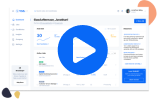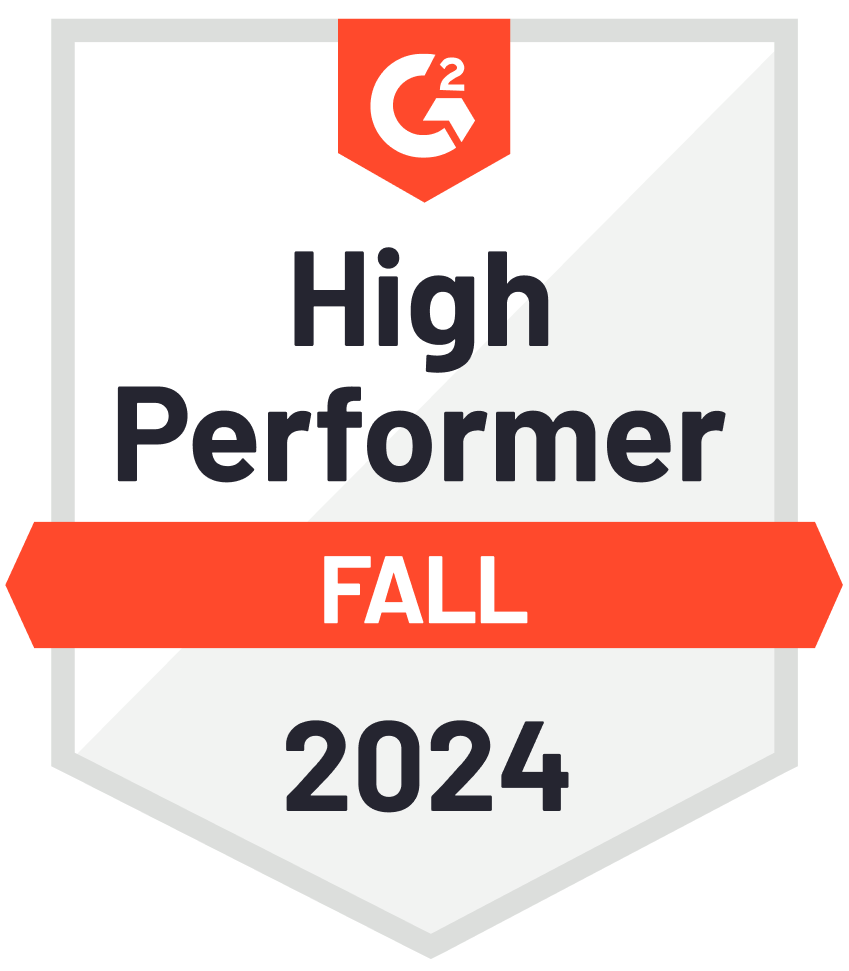Frequently Asked about Fashion Designers
What qualifications or degrees should employers look for when hiring a Fashion Designer?
Employers should look for candidates with a bachelor’s degree in Fashion Design, Textile Design, or a closely related field, as this provides a solid foundation in both creative and technical skills. Courses in areas like fashion illustration, textile science, pattern making, and CAD software are important for a well-rounded designer. While some may have associate degrees or diplomas, a strong portfolio showcasing design capabilities and experience in the fashion industry, such as internships or freelance work, can be equally valuable. A designer with both formal education and practical experience is often well-prepared to create, adapt, and refine concepts to meet market and brand needs.
Why is a strong portfolio important when assessing Fashion Designer candidates?
A portfolio is critical because it showcases the candidate’s design aesthetic, technical skills, and versatility. Through a portfolio, employers can evaluate the quality, creativity, and style of the designer’s previous work, as well as their ability to adapt to different fashion trends and markets. A well-curated portfolio reflects the designer’s ability to execute concepts from sketch to final product and demonstrates their expertise in areas such as color theory, garment construction, and trend relevance. Reviewing a portfolio is often one of the most effective ways to assess whether the designer’s style aligns with the brand’s vision and target audience.
What technical skills should employers prioritize in a Fashion Designer?
Employers should prioritize proficiency in design software such as Adobe Illustrator, Photoshop, and CAD programs, as these tools are essential for creating professional and precise digital sketches, patterns, and prototypes. Knowledge of garment construction techniques, pattern making, and fabric selection is also crucial, as these skills allow designers to create functional and high-quality garments. Understanding current fashion trends and textile innovations enables designers to produce relevant, market-ready designs. A Fashion Designer with these technical skills is equipped to contribute efficiently and effectively, from initial concept development to final production.
How important is trend awareness for a Fashion Designer, and how can it impact their work?
Trend awareness is essential for Fashion Designers, as it ensures their designs resonate with current consumer preferences and stay competitive in the market. Staying updated on seasonal trends, popular colors, and cultural shifts allows designers to incorporate timely elements into their creations, making them more appealing to target audiences. Trend-aware designers are better equipped to anticipate what will resonate with customers, helping brands stay relevant and increase the likelihood of commercial success. Employers benefit from hiring designers who are proactive in researching and understanding trends, as this can directly contribute to successful collections and product launches.







